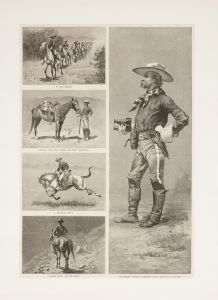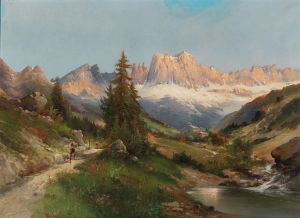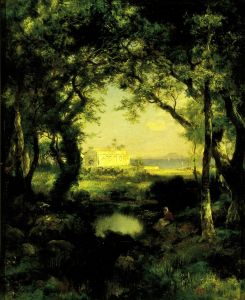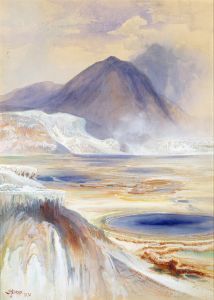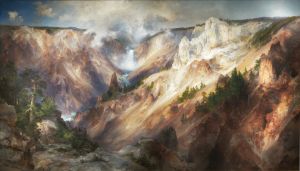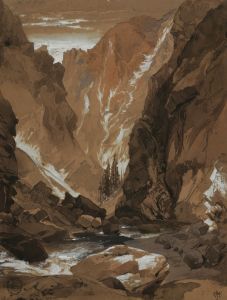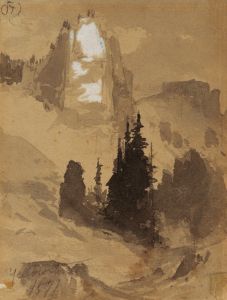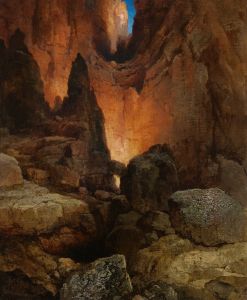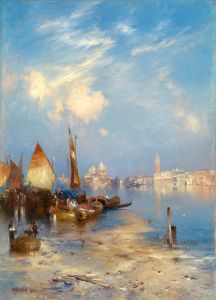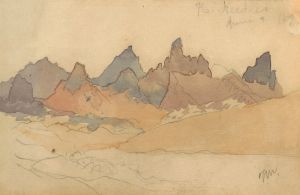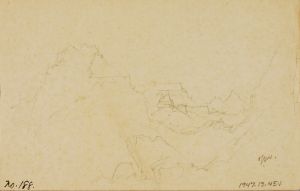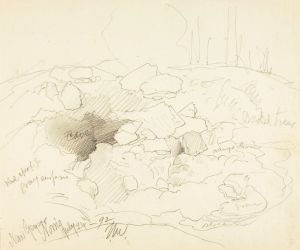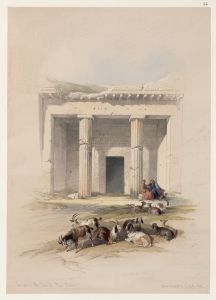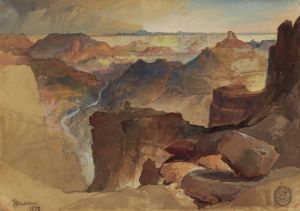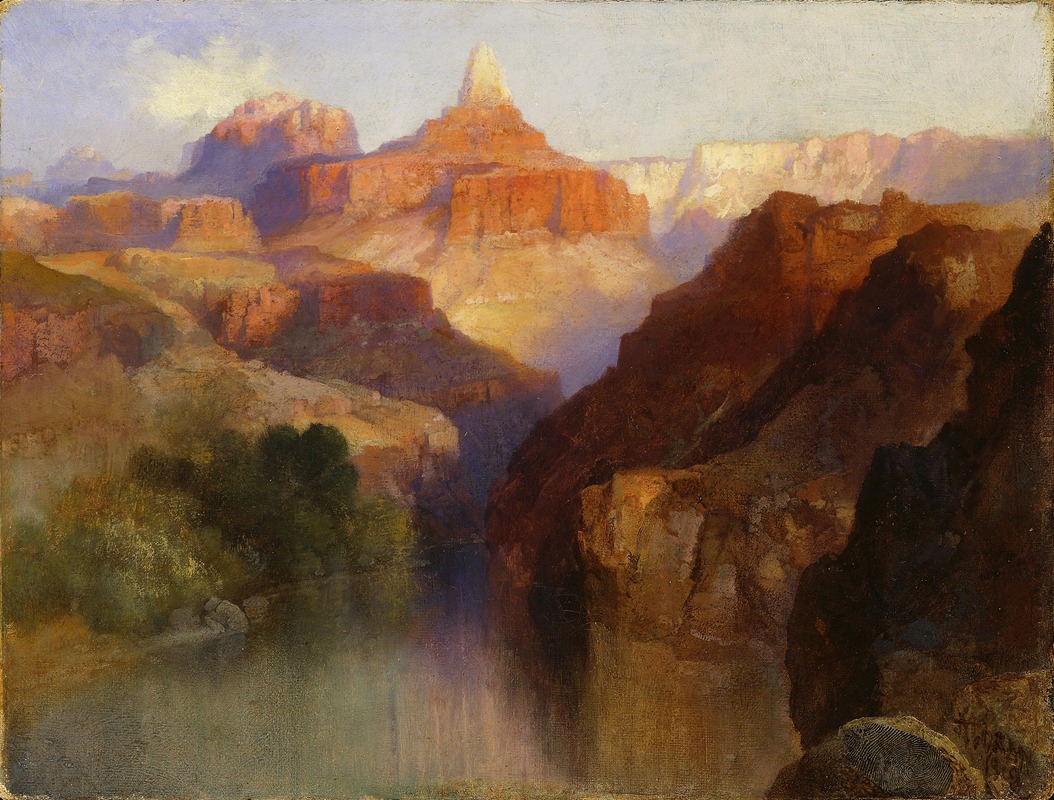
Zoroaster Peak
A hand-painted replica of Thomas Moran’s masterpiece Zoroaster Peak, meticulously crafted by professional artists to capture the true essence of the original. Each piece is created with museum-quality canvas and rare mineral pigments, carefully painted by experienced artists with delicate brushstrokes and rich, layered colors to perfectly recreate the texture of the original artwork. Unlike machine-printed reproductions, this hand-painted version brings the painting to life, infused with the artist’s emotions and skill in every stroke. Whether for personal collection or home decoration, it instantly elevates the artistic atmosphere of any space.
Thomas Moran was an American painter and printmaker of the Hudson River School in New York whose work often featured the Rocky Mountains. One of his notable works is "Zoroaster Peak," which captures the grandeur of the American West. Moran is renowned for his dramatic landscapes that played a significant role in the establishment of the National Parks in the United States.
"Zoroaster Peak" is a painting that exemplifies Moran's skill in depicting the vast and rugged beauty of the American landscape. The painting is named after Zoroaster Peak, a prominent feature in the Grand Canyon, which is located in the state of Arizona. This peak is part of the Grand Canyon's complex and colorful geology, which has inspired countless artists and photographers.
Thomas Moran first visited the Grand Canyon in the late 19th century, and the experience had a profound impact on his work. His paintings of the canyon are celebrated for their vivid colors and attention to detail, capturing the unique interplay of light and shadow across the canyon's vast expanse. Moran's work was instrumental in bringing the beauty of the American West to the attention of the public and government officials, contributing to the conservation movement that led to the establishment of the Grand Canyon as a National Park in 1919.
In "Zoroaster Peak," Moran employs his signature style, characterized by dramatic use of color and light. The painting likely features the peak bathed in the warm hues of sunrise or sunset, highlighting the intricate rock formations and the vastness of the canyon. Moran's technique often involved the use of luminous colors to convey the atmospheric effects and the grandeur of the landscapes he depicted.
Moran's paintings, including "Zoroaster Peak," were not just artistic endeavors but also served as visual documentation of the American West during a time of rapid expansion and change. His work provided a visual record that complemented the scientific and exploratory missions of the era, such as those led by John Wesley Powell, who conducted extensive surveys of the Grand Canyon.
Thomas Moran's legacy is closely tied to his ability to capture the essence of the American landscape, and his paintings continue to be celebrated for their beauty and historical significance. "Zoroaster Peak" remains an important piece within his body of work, reflecting both the natural beauty of the Grand Canyon and Moran's contribution to American art and conservation. His works are held in high esteem and can be found in major art institutions, including the Smithsonian American Art Museum and the National Gallery of Art, ensuring that his vision of the American West continues to inspire future generations.





